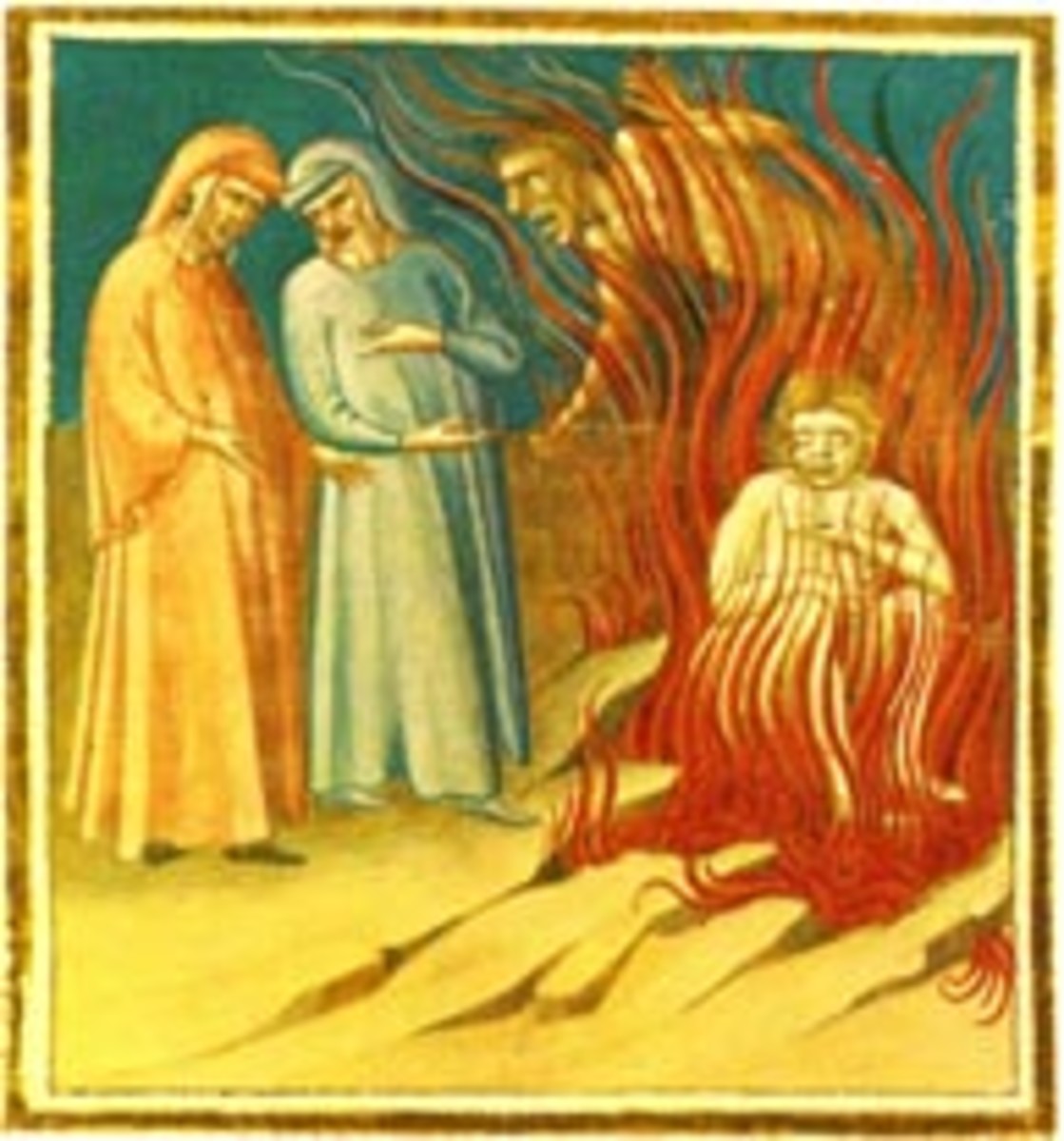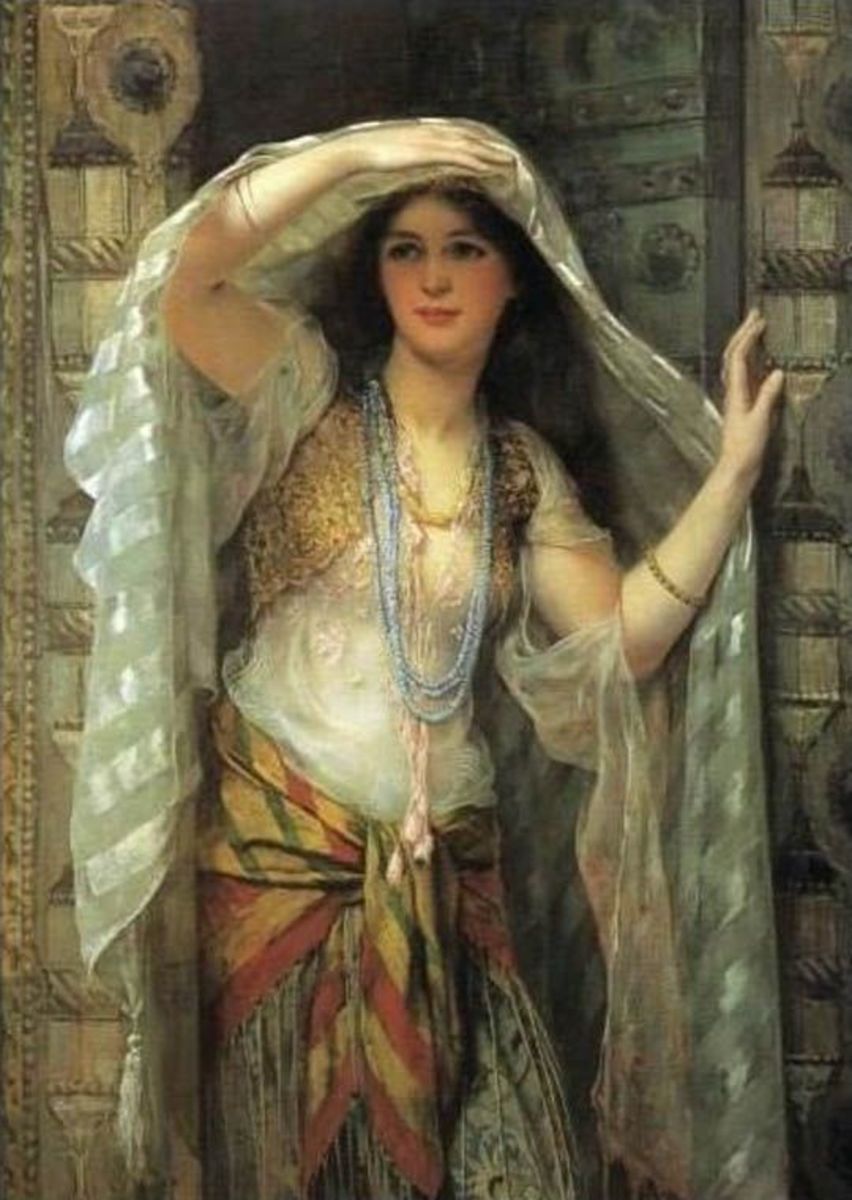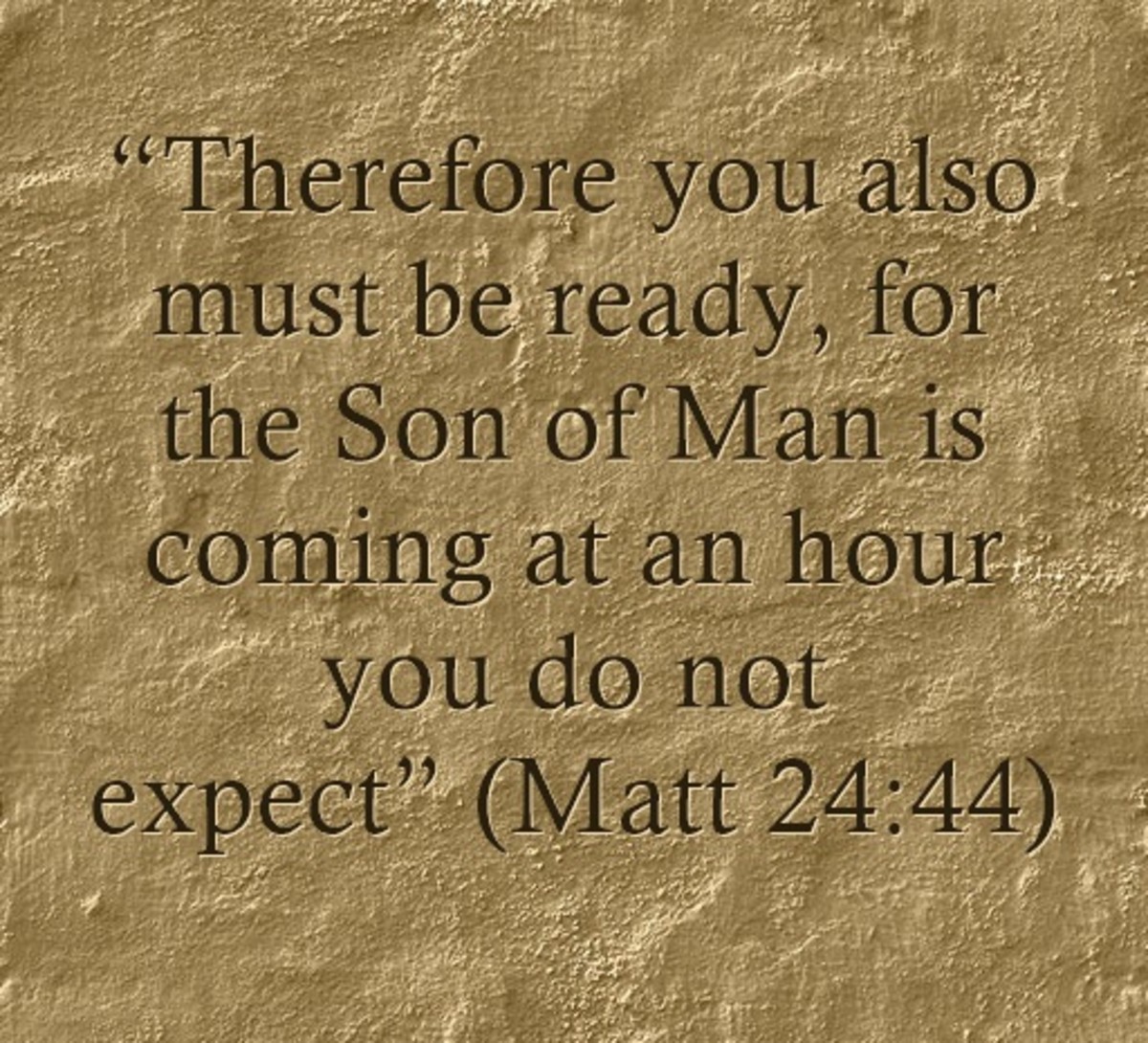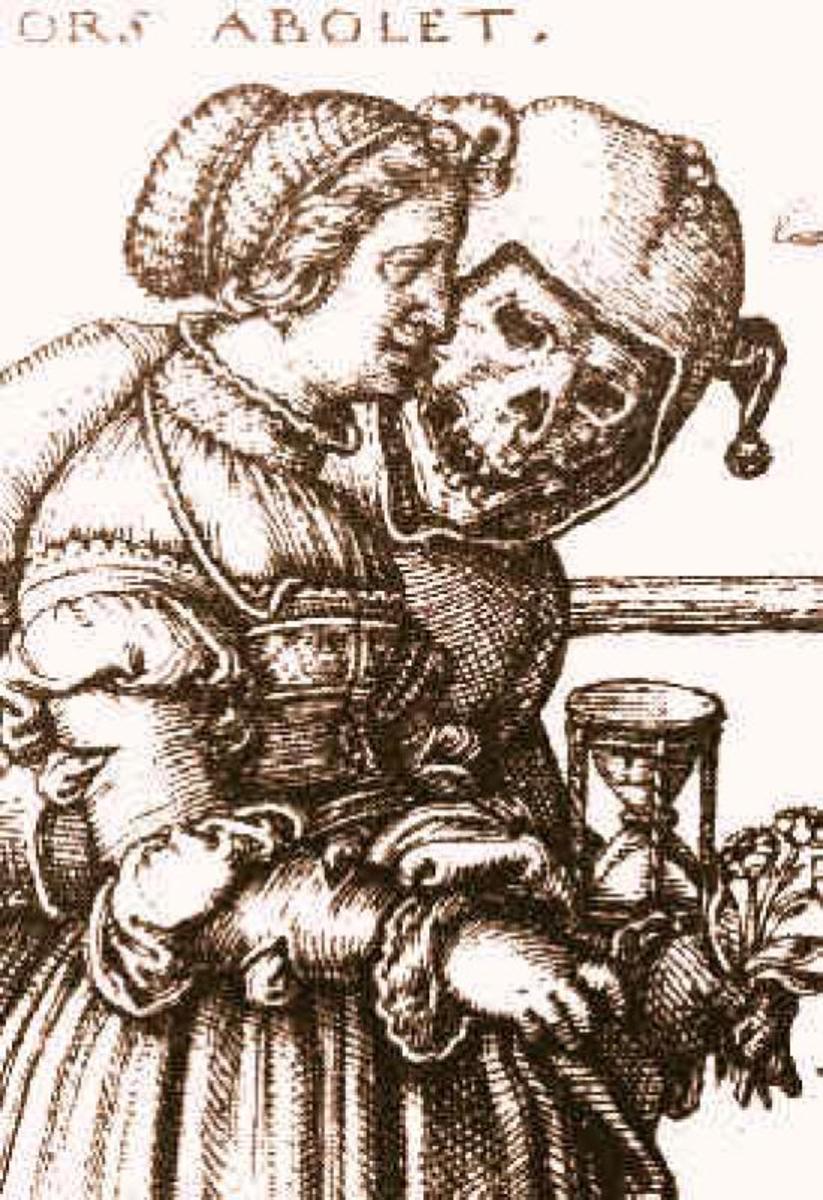Dante's Inferno
Dante’s Depiction of Hell
The Inferno is an allegory to Dante’s journey through life towards salvation. In the story, Dante journeys through the different levels of hell and encounters all forms of chaos in each.
Dante’s depiction of hell complements the teachings of the Bible. One of the most oft-discussed themes in the story is the eternal justice of God. The sinner reaps what he sows during his lifetime. His punishment is intended to fit the gravity of his crime.
A vivid example of this principle is shown in the border of the 8th and 9th circles of Hell. A Count sits on his friend whose brains he rips using his teeth. It was the fault of his friend that he starved to death and was forced to eat his children to survive.
Life, as Dante sees it, is a continuous test or struggle between right and wrong. If you commit sin and falls short of heaven, you reap eternal punishment. Dante believes that to be able to go to heaven, one need to experience hell first. Dante may not mean this in a literal way. Figuratively this means that in order to be purified or to receive salvation, a person needs to undergo sufferings first. This is the moral of the story.Dante’s depiction of Hell is an allegory of life, the role of religion in our lives and the need to choose right over wrong. It does not stop at depicting the fall of man but rather it help shows the way to salvation and happiness. To be able to reach the summit, you need to start at the bottom. That is the essence of Dante’s depiction of Hell.
At some point in our lives, we all face difficulties, problems, temptations. These drive us to the point of desperation and commit sins. At the lowest ebb of our lives, we are often forced to look back and ask ourselves where we have gone wrong. By going through Dante’s Inferno we realize the need to ponder on our every step and choose the best way before we hit rock bottom.
Dante’s journey begins as he got lost in the wood. As he tries to find his way by following the light in the mountain three beasts block his way. Dante is forced to go back to the forest as Virgil appears in his way and brings him to hell so he can enter paradise. Dante agrees and goes through the gate of hell.
The damned souls in Dante’s The Inferno are grouped according to the degree of malice with which they committed sin. The symbolisms help Dante’s ‘The Inferno’ presents his ideas on the startling reality in a creative way:
Charon the Ferryman of the Dead from Canto 3 (lines 81-4, bottom of page 977). "'Woe to you depraved souls! Bury/here and forever all hope of Paradise:/I come to lead you to the other shore,/into eternal dark, into fire and ice.'" This symbolism refers to the nature of sin itself and not to any specific sins. Sin separates us from other people. Fire and ice are the effects of sin which could cause anger or being ostracized.
About line 127: “most of the souls of the damned in twilight”. ‘Souls of the damned in twilight’ means that though they exist their souls are really empty. Being punished and doing the same thing over and over again
The lines about the Gluttons - page 988, about lines 35-8: "We made our way across the sodden mess / of souls the rain beat down, and when our steps / fell on a body, they sank through emptiness. / All those illusions of being seemed to lie / drowned in the slush." These lines pertain to the facts that people who are the “fattest” are the least substantial which means appearances can be deceiving. Substance is found within the person not on the appearance.
Canto 11, page 998: Virgil explains how one sin can be called by many different names according to what caused the sinner to sin. This is in consonance with his view of the main problem with sin. All sins corrupt the will and mind of the sinner and leads to other sins. When Dante says, "Malice is the sin most hated by God" (about line 23), he is referring not just to the souls found in this place, but to any sin at or below this level. In short, malice is the cause for violence and fraud.
Tyrants and Murderers of Canto 12 as Dante depicts them are a washed in a river of boiling blood guarded by the mythical creatures Centaurs. The souls in this place commit murder due to malice, not because of a desire for personal gain. Or, in another way, it can be said that all desire for personal gain is malice toward others.
The Harpies lines 13-15 of Canto 13 are the perfect creatures to guard and torture the suicides in the Wood of Suicides. This is because the Harpies represent the attitude that causes people to commit suicide. The physical traits of the Harpies symbolize his attitude. "Wide wings" symbolize an overpowering sense of sadness. "Clawed feet" suggest danger or a fearful grip. "Huge bellies" suggest laziness or the lack of will to do things.
The creatures of Cantos 13 & 14 -Suicides, Blasphemers, Sodomites, and Usurers-are not people condemned at all in modern society, but Dante finds them loathsome as attested by the place he assigns them.
The most famous people in Cocytus are Count Ugolino and Archbishop Ruggieri, whose gruesome story makes up Canto 33.
Historical accounts inform us that Ugolino was captured and put to death by Ruggieri. The manner with which he perished was so cruel that Dante deemed it best to tell the world the tragic story.
Ugolino was imprisoned for several months with his four young sons. One day, the doors of the tower were nailed shut. And all four of his sons died due to extreme hunger. In hell, Ugolino is eating and gnawing at Ruggeri’s flesh. This punishment is in consonance with “little Anselmo’s” request to his father: “Thou didst clothe us with this wretched flesh, and it would be less painful if you eat of us.” Ugolino cannot abide by his son’s request and eat their flesh. As he sees each child die one by one he was quoted to have said, “Starvation did what grieving could not do.” Ugolino died. In Hell, he was punished by savagely feasting on Ruggieri’s flesh for eternity.
Ugolino when he was alive betrayed his own party to Ruggieri. Hence, the punishment meted to him in hell. In hell, Ugolino was presented as the victim of Ruggieri. He is both the target of divine justice and the instrument of it, when he punishes Ruggieri.
In Canto 34, the souls of those who betrayed their masters at the bottom of hell – Judas, Brutus, Cassius are seen. They are they frozen in twisted postures to represent the sins they committed which is the ultimate sin of malice.
The image of Satan is quite a surprise. He is depicted to have three faces, which symbolizes the distortion of the Holy Trinity. Dante says that Satan looks ugly despite the fact the he was once an angel, beautiful to look at. Satan seems less powerful than the usual ideas woven about him. He is depicted as dumb and roaring, trapped in the ice, punished just like the other sinners.
Dante’s Inferno is a fascinating tale of sin and redemption. It depicts the need to attain deeper spirituality in an abstract way. Hell represents not just a place for sinners but also a state of a sinner’s soul. To be in hell is to be in utter agony and to be in a state far from God. This story shows us the way to heaven or eternal happiness by keeping the faith and doing what is right. It offers us a chance to re-examine our lives and change for the better.







